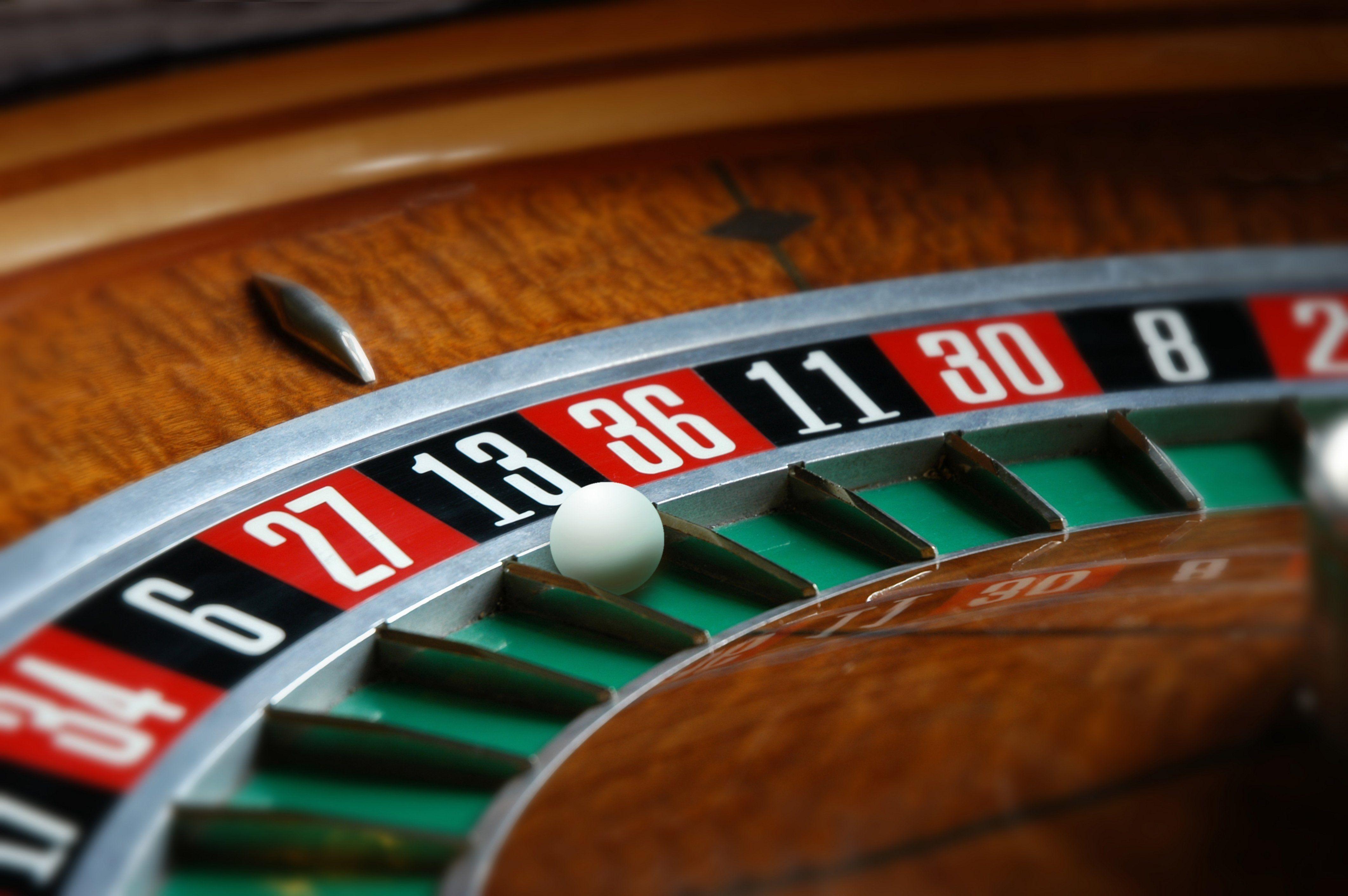The history of slot machines is a captivating adventure that reflects the progress of amusement and wagering over the ages. From their humble start in the final decades of the 1800s to turning into a fixture in gambling establishments throughout the planet, these chance games have gone through remarkable evolutions. Slot machine games have mesmerized players with their bright visuals, engaging storylines, and the hope of wealthy wins.
Originally designed as physical machines with spinning cylinders and limited images, slot machines have transformed into sophisticated digital games that include modern tech and dynamic components. In the present day, they draw in millions of players, each wanting to hit the jackpot with just the yank of a lever or the touch of a tap. pgslot Exploring the fascinating past of these devices unveils not just the narrative of a popular pastime, but also a reflection of social evolution and progress in technology over the years.
The Origins of Slot Machines
A tale of slot machines starts in the final years of the 19th century, a time when machines were increasingly popular in entertainment venues. A groundbreaking slot machine came into existence by Charles Fey in 1895, referred to as the Liberty Bell. It featured 3 spinning reels and 5 symbols: hearts, diamonds, spades, a horseshoe, and the famous Liberty Bell. Players pulled a lever to spin the reels, and if the symbols matched in a particular combination, players won a payout. Fey’s invention rapidly captured the attention of gamblers and set the foundation for future developments in casino slots games.
As the concept of the slot machine gained traction, numerous inventors looked to enhance Fey’s design. By the early 1900s, slot machines were becoming a common sight in saloons and amusement parks. In 1907, the initial electromechanical slot machine was created by Herbert Mills, which featured a more intricate system of payout mechanisms and the iconic fruit symbols that are still associated with slots today. This evolution marked a major shift in the gaming industry, as machines became more entertaining and user-friendly, attracting more players.
The popularity of slot machines continued to soar throughout the early 20th century, resulting in their extensive use in casinos across the United States. However, the rise of legal restrictions on gambling during the Great Depression presented challenges for the industry. Many machines were outlawed, but this did not halt innovators. Instead, they adapted by creating machines that gave out candy or gum instead of cash prizes, effectively circumventing the restrictions while still offering the thrill of a casino slots game. This creativity kept the spirit of gambling alive, setting the stage for the future resurgence of slot machines in modern casinos.
Evolution of Casino Slot Innovation

The background of gambling machines started in the late 19th hundred years with the creation of the initial traditional devices. A mechanic named Charles Fey, a California mechanic, launched the Liberty Bell slot machine in 1895, which boasted three spinning reels and five symbols: heart shapes, diamond shapes, spade symbols, a lucky horseshoe, and the Liberty Bell itself. This simple yet engaging design laid the basis for the progress of slot games, creating an swift draw for gamblers looking for fun and a shot to earn.
As tech progressed, so did the appearance and functionality of gambling devices. By the central 20th hundred years, electronic mechanical machines appeared, incorporating electrical components to enhance gameplay and amplify payout possibilities. These improvements permitted for more complex features like various paylines and bigger jackpots. The gaming establishments adopted these developments, resulting in the emergence of slot machines as a major contributor of profits within the gaming industry, fundamentally altering the casino slots game experience.
The late 20th and early 21st eras brought the age of digital technology, leading to the debut of video gambling machines. These machines changed out traditional reels with digital screens, enabling even more innovation in themes and gameplay mechanics. Gamblers could now enjoy rich graphics and sound effects, along with interactive bonus rounds. The move to internet gambling further transformed the gambling world, rendering slots available to a global market anytime and everywhere, thus marking a new era in the progression of gambling device technology.
A Cultural Influence of Slot Machines
These gaming machines have become not only a means of entertainment; they have woven themselves into the essence of mainstream culture. Across movies and TV series to music and literature, these iconic gaming machines often act as emblems of chance and gambling. Films like The Casino and Ocean’s Eleven notably highlight slots, portraying them as exciting yet uncertain elements of the gambling experience. Their distinct attraction lies in the noise of coins clinking, the spinning reels, and the vibrant flashing lights, which in unison create an electric atmosphere that captures attention.
In addition, slot machines have influenced social gatherings and events, making them a focal point in casinos and gaming venues. Numerous individuals do not just visit a casino to gamble; they go for the entire experience, which encompasses the social interactions and the vibrant ambiance surrounding these machines. Special tournaments and themed gaming nights centered around these games also showcase their popularity, fostering social connections and shared experiences among players. This community aspect has contributed to the machines’ enduring popularity.
The evolution of technology has further transformed this cultural impact. Digital and online slots have expanded access to these games far beyond the walls of physical casinos. Players can now get their favorite casino slots game from home or on the go, leading to the rise of online communities and forums where enthusiasts share strategies and experiences. The ongoing innovation in game design and the inclusion of storytelling have kept the cultural importance of slot machines alive, attracting new generations of players while maintaining a tie to their cultural roots.